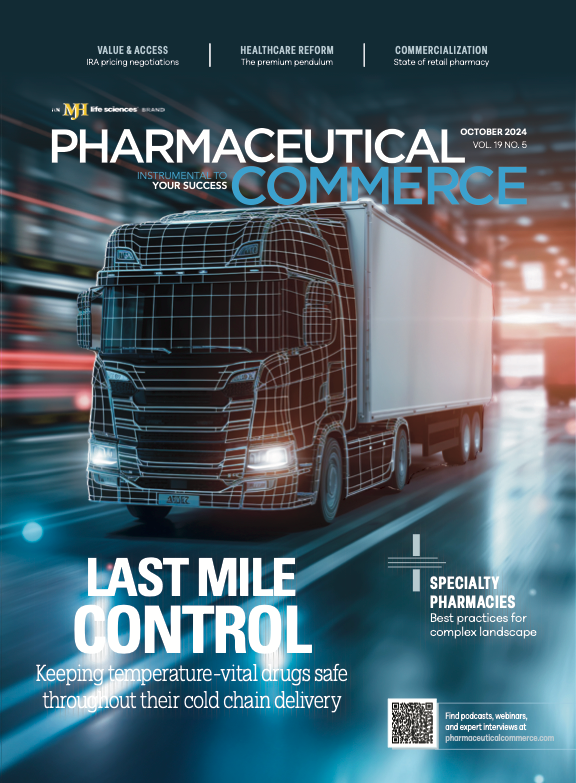A Sense of Urgency
Getting a handle on level of compliance-readiness for the Drug Supply Chain Security Act deadline—now just weeks away.

Aaron Rodgers—the star NFL quarterback who was playing for the Green Bay Packers at the time—made headlines in 2014 when he told fans to “r-e-l-a-x” following the team’s slow 1-2 start that season.
It’s clear that the power of acronyms truly resonated with me, being that I’m sharing this blast from the past a decade later; so I’d like you all to indulge me for a moment while I share an acronym of my own: D-S-C-S-A.
The DSCSA, or Drug Supply Chain Security Act, was signed into law by Congress in November 2013 as part of the Drug Quality and Security Act and in a nutshell, aims to tackle the challenges presented when contaminated, counterfeit, or stolen drugs enter the supply chain. As you all will read in this issue’s Conference Connect, FDA has made several rulings over the past 11 years in order to ensure successful compliance with the Act, including last year, when the agency announced a one-year stabilization period that would delay enforcement of certain DSCSA requirements (including implementing electronic tracing at the package level) until Nov. 27, 2024.
This and more were discussed at the Healthcare Distribution Alliance’s 2024 Traceability Seminar in August. During the meeting, in an installment for Pharma Commerce’s conference video content, I sat down with Ilisa B.G. Bernstein, president of Bernstein Rx Solutions, LLC, and a former FDA employee—and asked her point-blank about what level she felt pharma's overall preparedness in adhering to the DSCSA compliance deadline was at.
“We’re in a good place," she told me, roughly about three months out at the time. "It’s not ready 100%, but FDA implemented this one-year stabilization period, which allowed the supply chain to mature, and the connections really helped. We’re at a much better place than we were last year, and we’re closer to really being where we need to be, but there are still connections between trading partners where the data quality is poor, where there’s discrepancies in information that’s provided, and those need to be cleaned up.”
So with a mix of optimism and urgency, it should be an interesting countdown to compliance for the pharmaceutical supply chain.
Nicholas Saraceno is Pharmaceutical Commerce's Editor. He can be reached at [email protected].
